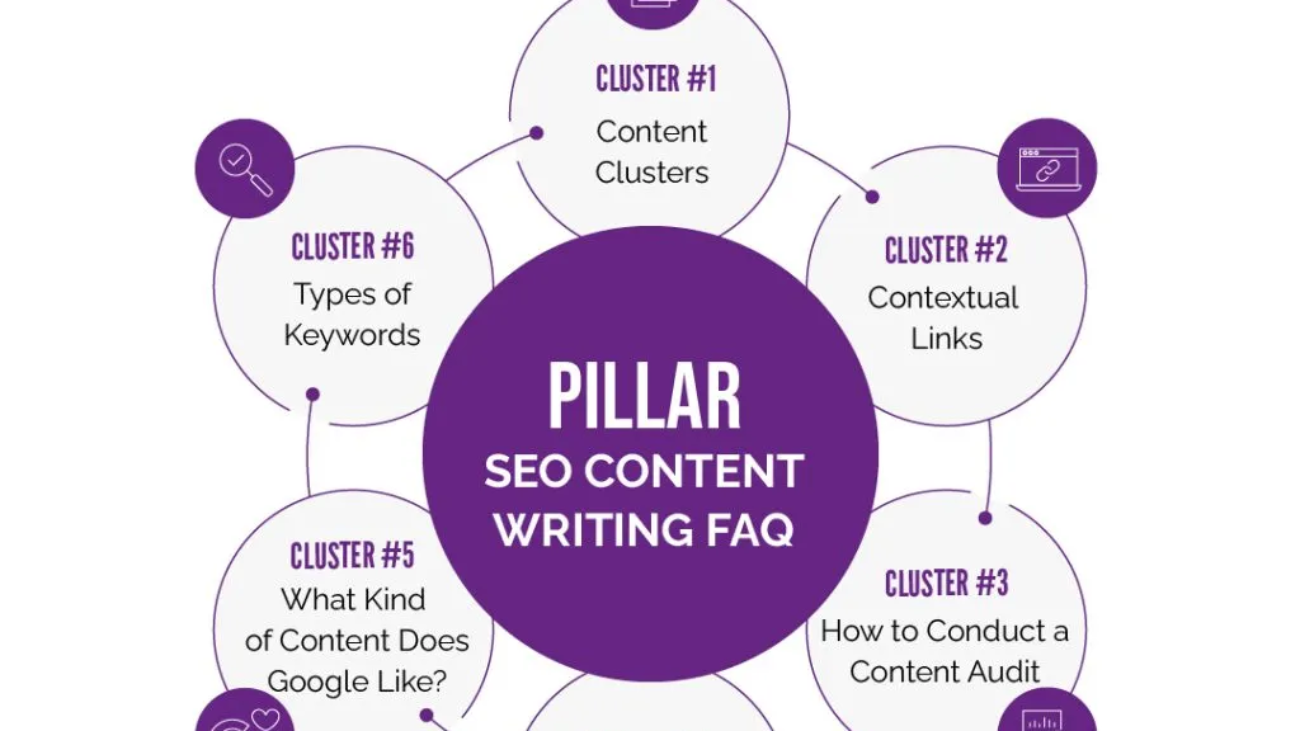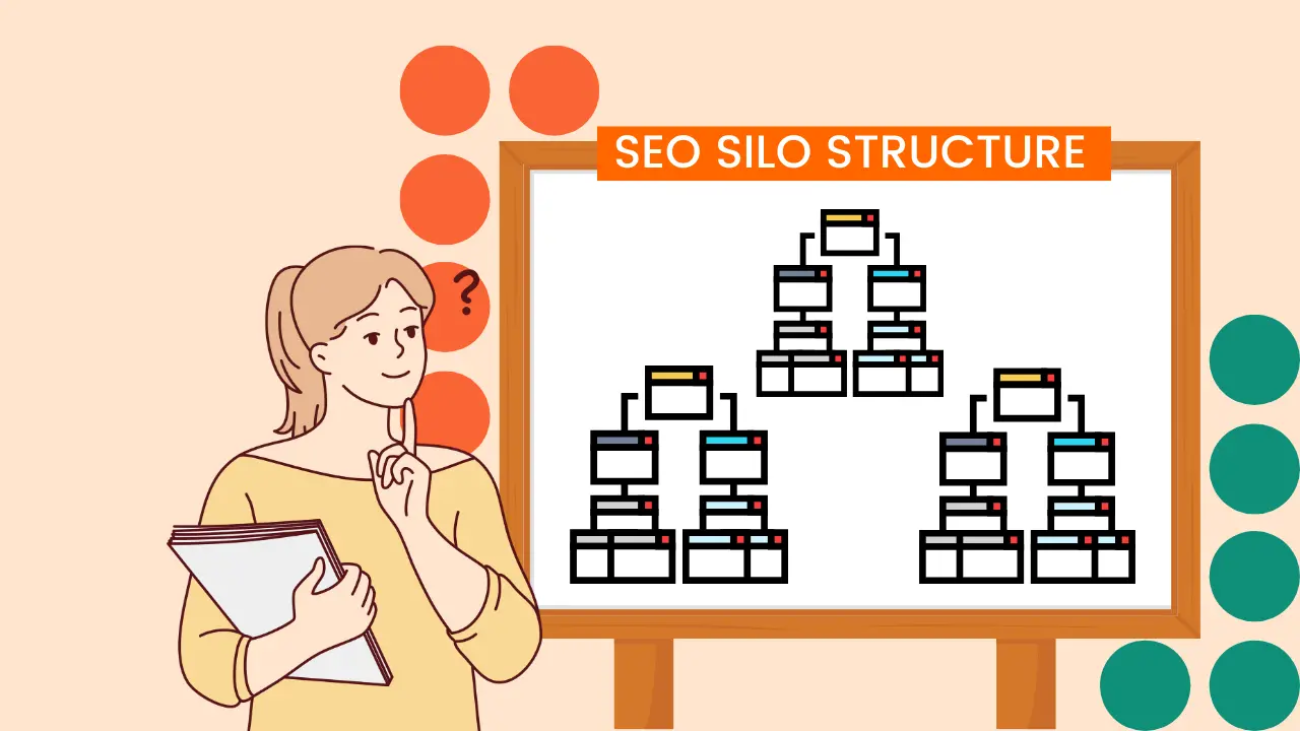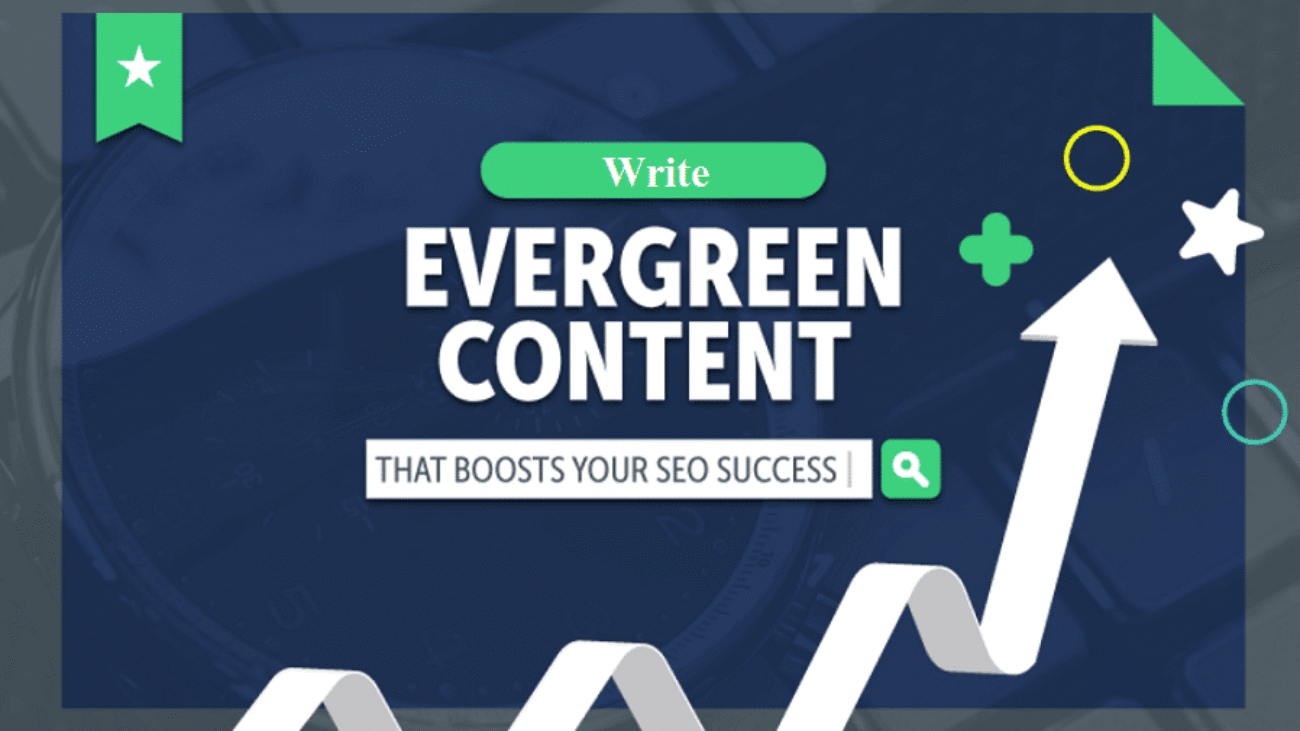Introduction: Why Domain Authority (DA) Matters in 2025
In the fast-evolving SEO landscape of 2025, Domain Authority (DA) remains a critical indicator of a website’s credibility and potential to rank high in search engine results. Created by Moz, DA predicts how likely a domain is to appear in search results compared to competitors. While it’s not a direct Google ranking factor, it closely correlates with visibility, trust, and traffic.
To increase DA, you need more than just backlinks. You need a strategic, topic-driven content architecture. That’s where content clusters come into play.
This article explores how content clusters contribute to DA growth and why they’re indispensable in your content strategy.
What Are Content Clusters?
Content clusters are a method of structuring website content around a central theme (pillar content) supported by subtopics (cluster content). This model enhances internal linking, topical relevance, and user experience.
🔹 Pillar Content
A comprehensive, long-form post that covers a broad topic, such as “Content Marketing Strategy.”
🔹 Cluster Content
Multiple related posts that target specific subtopics like “Email Marketing Tips” or “Content Repurposing Techniques.”
Each cluster article links to and from the pillar article, creating a tightly interlinked structure.
How Content Clusters Influence Domain Authority
Let’s break down how content clusters directly contribute to growing your DA:
1. Improved Internal Linking Structure
Google’s crawlers use links to understand a site’s structure and topical authority. By linking cluster content to the pillar post and vice versa, you distribute link equity more efficiently across the site.
2. Topical Authority Signal
Content clusters show search engines that you’re a subject-matter expert. If your website consistently covers different angles of a topic, Google perceives your domain as an authority in that niche.
3. Reduced Bounce Rate and Improved Dwell Time
Users engage more deeply when they find related content through internal links. This boosts session time—an indirect trust signal for search engines.
4. Higher Organic Traffic
Topical authority and SEO-friendly interlinking bring in long-tail keyword traffic. Increased traffic improves trust signals and encourages organic backlinking fueling DA growth.
5. More Opportunities for Backlinks
Well-structured pillar content acts as a link magnet. If the surrounding clusters are helpful and insightful, the entire cluster is more likely to earn backlinks naturally.
Why Traditional Blogging Doesn’t Scale DA Anymore
Random, unstructured blogs can gain traffic, but they struggle to build authority. Without a clear hierarchy or interlinking strategy:
-
Google doesn’t understand what you’re an expert in.
-
Users don’t stay long or explore deeper content.
-
Link equity gets diluted across scattered posts.
Content clusters solve these problems by organizing information logically and strategically.
Step-by-Step Guide: Building Content Clusters That Grow DA
Here’s how to build a high-performing content cluster:
Step 1: Choose Your Core Topics (Pillars)
Identify 4–5 major themes based on your niche. These should be high-volume, competitive keywords.
Example:
-
SEO Strategy
-
Link Building
-
Keyword Research
-
Content Marketing
Each of these becomes a pillar page.
Step 2: Conduct Keyword Clustering
Use tools like Ahrefs, Semrush, or SurferSEO to group related long-tail keywords under each pillar.
For “SEO Strategy” pillar, cluster keywords may include:
-
SEO roadmap for startups
-
SEO vs PPC strategy
-
SEO metrics to track
Step 3: Map Internal Linking
Each cluster page should link:
-
Upward to the pillar
-
Laterally to other relevant clusters
-
Downward to supporting stats, tools, or case studies
Step 4: Create High-Quality Cluster Content
Each cluster blog should:
-
Answer specific queries (search intent match)
-
Be 1000–1500+ words
-
Use keyword in H1, H2s, and naturally in body
-
Contain internal links to pillar and other clusters
-
Be regularly updated
Step 5: Publish and Promote
Once a full cluster is ready, push them live. Use email outreach, social shares, and syndication platforms to gain visibility and backlinks.
Step 6: Track Performance
Use Google Search Console and Moz to monitor:
-
Keyword rankings
-
DA progression
-
Internal linking behavior
-
Traffic to pillar vs. cluster content
Real-World Case Study: How Content Clusters Grew DA from 18 to 52
Let’s take an example:
Site Niche: Digital Marketing Training
Starting DA: 18
Strategy:
-
Built 5 pillar pages with 8–10 cluster articles each
-
Linked them using a silo structure
-
Promoted content via guest blogging and social channels
Results in 7 months:
-
DA jumped to 52
-
Organic traffic increased by 230%
-
150+ natural backlinks from 80+ domains
-
3 pillar pages ranked in top 3 positions for target keywords
Common Mistakes to Avoid When Using Content Clusters
Even with a great strategy, many websites fail due to poor execution. Watch out for:
❌ Thin Content in Clusters
If your cluster pages are short or low-value, they won’t support the pillar content meaningfully.
❌ Over-Optimization
Stuffing keywords or overusing internal links can trigger spam signals. Be natural and contextual.
❌ Inconsistent Updates
Content clusters should be revisited quarterly to ensure information is still fresh and links are functional.
❌ Lack of Link Building
Clusters alone won’t build DA. You need backlinks especially to the pillar content to boost authority.
Tools to Help You Build Content Clusters
Here are tools that simplify and scale cluster creation:
| Tool | Purpose |
|---|---|
| Surfer SEO | Content structure & keyword clustering |
| Frase.io | AI content outlines & optimization |
| Ahrefs | Keyword data, backlink analysis |
| Screaming Frog | Internal link analysis |
| Notion/Trello | Cluster planning board |
| Google Sheets | Cluster mapping sheet |
Advanced Tips: Supercharge Clusters for Maximum DA Impact
-
Use Schema Mark up to enhance snippet appearance and click-through rate.
-
Repurpose Clusters into Video/Webinars to earn rich backlinks.
-
Collaborate with Influencers for co-branded pillar pages.
-
Create PDF Guides/Ebooks based on your cluster to build email lists and get backlinks.
Final Thoughts: Content Clusters Are the New Backbone of DA Growth
In 2025, your DA won’t rise just because you post often or get random backlinks. It will rise when:
✅ Your content is structured.
✅ Your topical authority is evident.
✅ Your internal links are strategic.
✅ Your value proposition is clear.
Content clusters are how you bring all these elements together. Whether you’re an SEO intern, a start up blogger, or a digital marketing agency, this strategy should be part of your core content architecture.
The Future of Content Clusters in AI-Powered SEO
As AI continues to shape how content is produced and consumed, content clustering will evolve, not disappear. Search engines are getting better at understanding semantic relationships, user behavior, and content depth. This means structured clusters will become even more important in distinguishing authoritative websites from content farms or generic AI-generated blogs.
AI tools like ChatGPT, Jasper, or Frase can assist in:
-
Generating initial drafts for cluster articles.
-
Outlining pillar content based on semantic relevance.
-
Ensuring topic coverage completeness across a cluster.
However, human input is still essential for adding thought leadership, original data, and unique tone of voice elements that elevate content clusters above competitors.
Moreover, as voice search and featured snippets gain importance, organizing your content into clusters ensures that your answers are structured, clear, and ready to be selected by Google as the most relevant result.
Conclusion: Clusters Aren’t Optional They’re Foundational
Content clusters are not just a “nice to have” tactic in 2025 they’re the backbone of high-authority websites. If you’re serious about building long-term SEO success, ranking higher, and growing your Domain Authority organically, start clustering today.
Consistency + Strategy = Authority.









